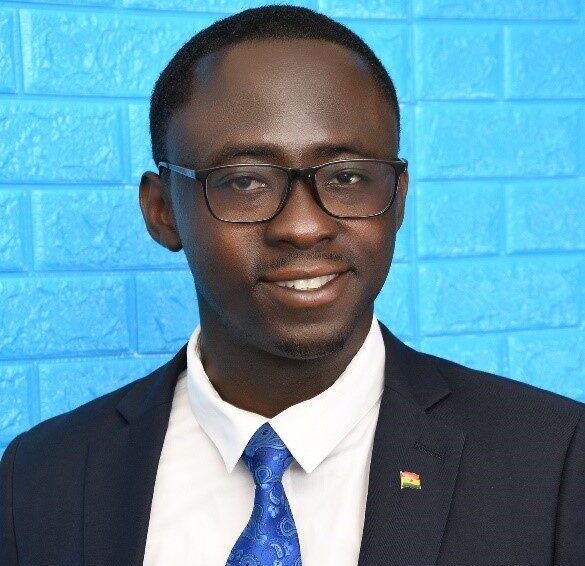
The infrastructure agenda of our beloved Ghana dates from Ghana’s first President, Dr. Kwame Nkrumah, to fourth republican regimes of Jerry John Rawlings, John Agyekum Kufour, the late Prof. John Evans Atta Mills, John Dramani Mahama to current president Nana Addo Dankwa Akufo-Addo. All these leaders have contributed immensely to reducing Ghana’s infrastructural deficit.
The nation has seen the construction of notable projects like the Tema Oil Refinery, Kwame Nkrumah Circle Interchange, University of Ghana Medical Centre, The Tema Motorway Interchange, University of Health and Allied Sciences, the University of Energy and Natural Resources etc. – many of which are currently serving the people of Ghana.
The current NPP government recently launched a delivery-tracker to demonstrate how it has transformed the country with over 17,000 projects across the country – of which the NDC has disputed and argued that most of the projects were started under the Mills-Mahama administration.
Clearly, the question of which regime achieved more infrastructural projects than the other in the recent infrastructure debate between NPP and NDC is no novelty of any regime, but a creation of the people’s mandate as enshrined in the 1992 Constitution. What this means is that our political leaders must not glorify themselves for developmental projects they undertake for Ghana, but rather consider them as the reasons why Ghanaians elect them.
US$10 billion infrastructural plan (The BIG Push)
The US$10billion infrastructural plan as championed by the NDC’s presidential candidate, John Dramani Mahama, to drive more development in the form of roads, hospital, schools etc. needs interrogation to ascertain how it will be implemented; specific projects to be undertaken; and the source of funding for The Big Push.
While we wait for the NDC’s detailed implementation plan for The Big Push, I will attempt to propose a clear and structured way of how we can implement such infrastructure initiatives.
On the issue of specific projects to be undertaken, I think as a country we need to conduct a project needs-based assessment across the country through our District Assemblies to ascertain which infrastructure projects Ghanaians really need – not what central government thinks is important. The assessment will help the government learn the true state of infrastructure deficit across the country. These identified projects should be profiled stating the purpose, costing, completion timelines and funding arrangements. Such information should be made public through a website for Ghanaians to know what kind of projects are expected to be implemented in their various communities.
Dealing with the matter of fund disbursement, the US$10billion should be disbursed through District Assemblies to drive the various identified projects, with supervision from the central government to guide the proper use of funds.
Local government can effectively lead such infrastructure initiatives because they understand the development needs of local communities. When such a structure is put in place, Ghana can achieve equitable development across the country within a defined period.
NPP Infrastructure delivery-tracker and election 2020 promise
Government’s provision of roads, highways, railways, water and sanitation infrastructure through the Railway Development Ministry, the Infrastructure for Poverty Eradication Programme (IPEP) and the Development Authorities, as well as the Ministry of Inner City and Zongo Development and the Zongo Development Fund, has led to significant progress in the establishment of basic infrastructure at the local level and in some disadvantaged communities.
According to the NPP, they will strengthen the capacity of Development Authorities and the Zongo Development Fund to enable them to attract private investors and develop infrastructures projects like drains, culverts, feeder roads, classroom blocks, school furniture, CHPS compounds, markets, toilet facilities among others as part of the process.
As much as we give credit for a good job done, it is important to mention that beyond 2020 government must commit to completing all abandoned projects started by the previous NDC government and dotted all around the country before starting new projects.
Way forward on the infrastructure debate
Let’s consolidate all infrastructure-focused agencies – i.e. Ghana Highway Authority (GHA), Department of Feeder Roads (DFR), Zongo Development Agency, Coastal Development Authority system, etc. – set up by the previous and current governments to deliver infrastructure into one Authority to be called the Ghana Infrastructure Authority which will be clothed with the necessary legislation and funding to deliver infrastructure developments across the country. The Ghana Infrastructure Authority should be the lead state agency working with District Assemblies to drive the country’s developmental agenda. The GIS will have mandated officers in all 216 districts to ensure the implementation of infrastructural projects.
The US$10billion Big Push and new development projects promised by the NPP government should be implemented through the Ghana Infrastructure Authority in direct collaboration with Metropolitan, Municipal and District Assemblies (MMDAs); Non-governmental Organisations (NGOs); Civil Society Organisations (CSOs); and Faith-based Organisations (FBOs).
About the Author:
Emmanuel Owusu is a Policy Analyst with considerable knowledge and expertise in local economic development, policy formulation and strategic management.
He is currently Executive Director of Movement for Responsible and Accountable Governance (MoRAG), a civil society organisation.
Contact the Author on 0248110208, [email protected]









